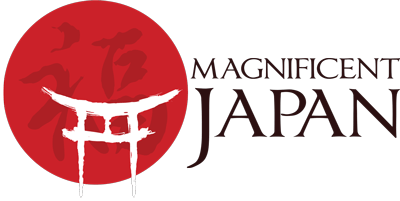📚Learn 5 New Characters Every Day!
Daily kanji flashcards are your fast track to mastering Japanese characters—each day, five fresh kanji appear with an emoji for visual memory, clear readings, and a playful example sentence. Dive in now and see why KanjiAlive users love this method! 🌟
🔍 Why Use Daily Kanji Flashcards?
Building a habit of daily kanji flashcards helps you learn steadily, retain characters longer, and celebrate small wins. Perfect for JLPT prep or everyday Japanese—stay motivated by seeing real progress each day! Check out our Japanese Name Generator or explore our Japan Travel Guide for more practice.
⚑ How It Works
We cycle through a curated list of 365 essential kanji. Each morning, five fresh characters appear—no repeats until you complete the cycle. Cards include emoji hints, readings, example words, a mnemonic tip, and a fun practice sentence!
💡 Tips for Mastery
- ✍️ Take quick notes in a notebook or use our printable tracker.
- 🔁 Review your past week’s kanji on weekends to reinforce memory.
- 📌 Bookmark this page—press Ctrl+D (Windows) or Cmd+D (Mac)—for instant daily access.
Enhance your daily practice by tracing each kanji’s stroke order, writing in a dedicated notebook, and revisiting difficult characters weekly. Use mnemonic images or stories to cement memory, and quiz yourself or challenge a study buddy. These 5 cards a day become powerful building blocks for reading manga, signage, and native materials faster than you’d expect.
📖 A Brief History of Kanji
Kanji characters first arrived in Japan from China around the 5th century CE, transforming written communication. Over the following centuries, scholars adapted, simplified, and even created entirely new forms to suit Japanese grammar—giving rise to separate onyomi (Chinese‐style) and kunyomi (native) readings. Today’s daily kanji flashcards let you engage with this heritage: each symbol you learn is a bridge across time and culture. By practicing just five kanji a day, you not only build practical vocabulary, you also connect to a 1,500-year tradition of literature, art, and scholarly exchange that continues to inspire learners worldwide.

